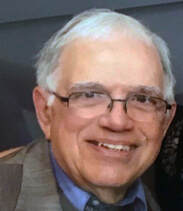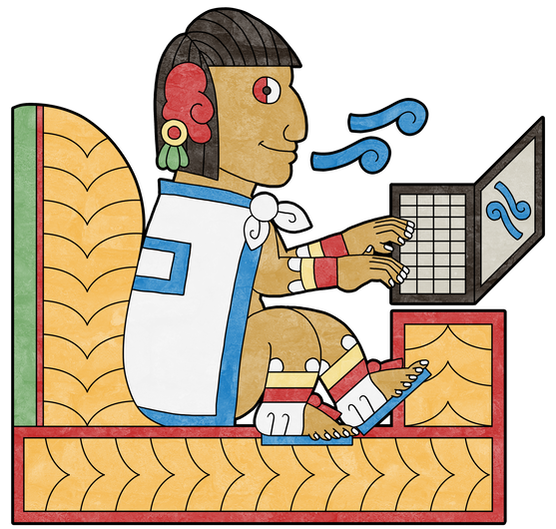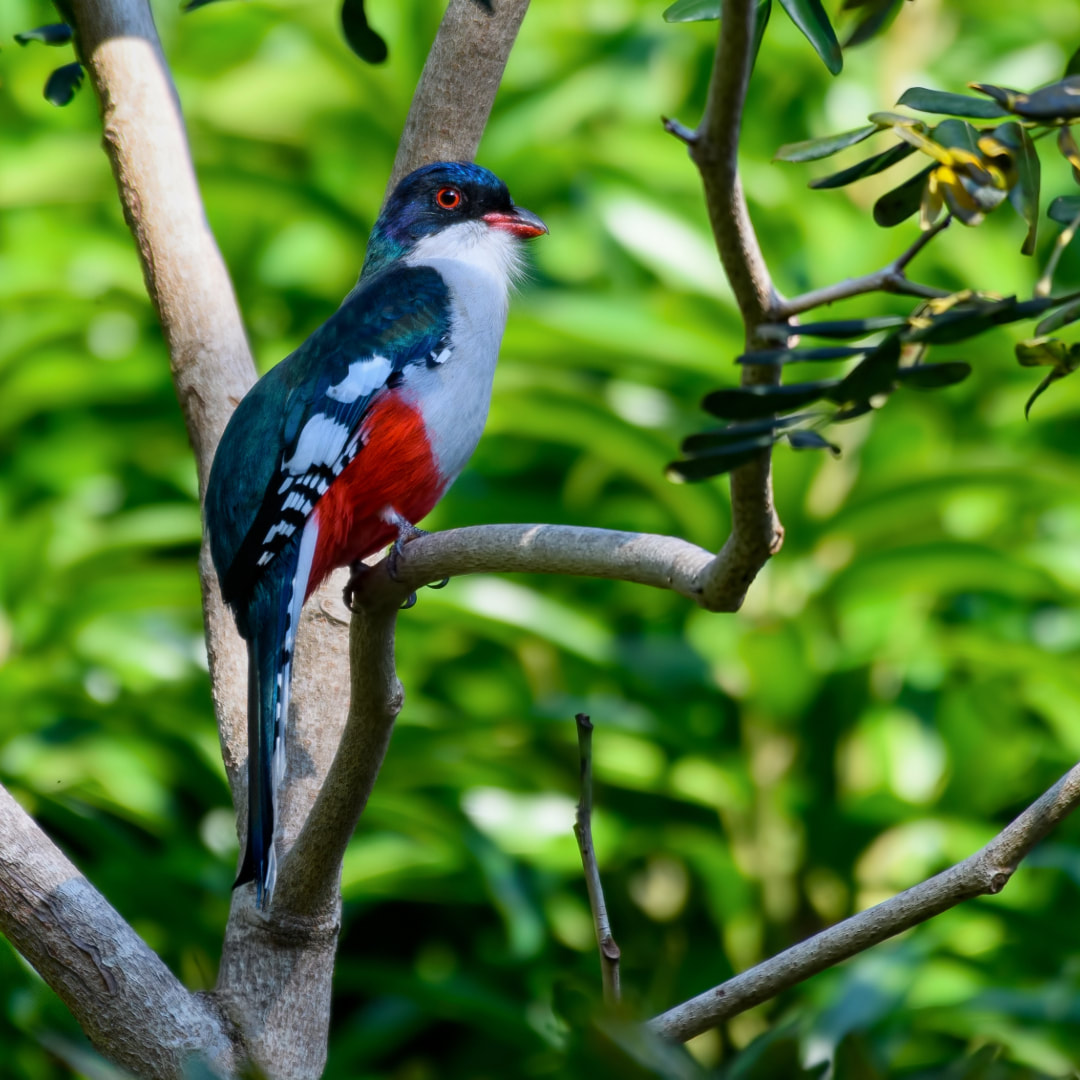“Call Me Toco””by Matias Travieso-Diaz A beautiful Taíno maiden was once seized and imprisoned by a band of marauding Carib warriors. Overcome by grief over her captivity, she took her own life. However, Atabey, the goddess of fertility, calm waters, and the moon, took pity on the young suicide victim, returned her to life in the form of a bird, the tocororo, and set it free to roam forever throughout Cuba’s vast woodlands. Taino legend Humans, those flightless creatures that overflow the surface of my homeland, call me “tocororo” because of my peculiar staccato call, which their perception organs translate into something like “toco-toco-tocoro-tocoro.” It is an inaccurate description of how I sound, and I would just rather be called Toco. I have frequently noticed how humans observe me attentively when they see me perched on a tall palm tree or watch me hover across the skies. I care not about humans, but they appear to be very interested in me. Perhaps they are looking for similarities between their kind and mine. For that reason, I will describe myself in some detail, leaving it to others to draw any differences and similarities that may exist between my kind and the humans. In size, I am slightly larger than those bright elongated fruits that hang in clusters from the tops of thick, wide-leaved trees. I am small by comparison with many of the other types of feathered animals that fly above this land; however, I take pride in my coloring, which is more distinctive than that of most other creatures, feathered or not. My back is the color of dark pine fronds, my crown is like the late twilight sky, my throat and the upper part of my chest are as light as sea foam, while my lower belly disolays a vivid, contrasting hue, like the blood of an injured ground animal. I often groom myself, and it seems that most humans I encounter groom themselves carefully and cover their bodies with weavings of striking colors. Also, certain large weavings that hang outside the humans’ nests are of the same hues as my feathers. When I referred to my call, I neglected to mention that it was loud. It resonates throughout the forest as I sing, perched on a tree or in midflight. Although my hearing is not as keen as my eyesight, I often become aware of the presence of humans by how loud their calls are. Their calls do not follow any pattern that I can discern, except that the ending of every burst of sound they emit is louder than the rest of the phrase: it is as if they were letting each other know they were finished. However, often two or more humans issue their calls simultaneously, so their sounds overlap and seem to cancel each other. They also often move their upper limbs and other parts of their bodies when they sing, which is something I never do. Those feathered animals that prey on others living creatures always fly alone; by contrast, tocororos like me often travel above ground in amiable bands of three or four, a behavior that humans imitate, for they gather in congenial groups, often emitting a particular type of short call that, once issued by one human, is repeated by its companions. They place themselves outside their nests and remain there, issuing calls to one another, for long periods of time. When they are together, humans make wide gestures with their upper limbs and often touch each other’s bodies. They always seem inclined to maintain close physical contact with one another. Those of my kind feed by using our long, curved beaks to forage for food, sallying from a perch or hovering at foliage to reach the fruit. We eat mostly insects, fruit, and flower buds, but also feed small scurrying animals to our young. I have often observed humans leaving food for us and other feathered creatures to enjoy, choosing things we like instead of the ones they favor. That behavior can perhaps be attributed to the abundance and quantities of the foods humans consume, although in my flights above human habitations I have recently noticed that the foods available for them to partake seem to be getting scarce. Some feathered animals are feared because they steal eggs from nests or attack other living creatures. Although I have seen instances of humans engaging in that type of behavior against each other, I have never spotted humans doing such things to us, feathered animals. Tocororos build their nests in tree cavities, often in old palm trunks or dead branches. Humans also dwell in cavities they build above ground. Their building of such cavities, which they do in clusters of many units, is an aspect of their behavior that is detrimental to us, because to make room to build their nests they often clear wide areas of the forest, depriving us and other animals of places to live and diminishing our sources of food. Humans also remove trees to plant shrubs or smaller vegetables, which they turn into their food or use for other purposes, thus forcing us to relocate to inaccessible areas, which are starting to disappear as well, making life difficult for us. Another peril that we face from humans is their attempt to capture us. Sometimes they do this in order to kill us and collect our feathers. They seldom succeed in this because we are skilled fliers, capable of swift and agile movements, and elude capture by darting in and out of the forest canopy. Worse perhaps are the attempts that some humans make to capture and imprison us in small enclosures within their dwellings. We cherish our freedom, the ability to roam unimpeded, with no bounds other than the seas that surround this land. In captivity, we languish and soon die. Humans should know better than to do this to us, because they themselves appear to enjoy their freedom and perhaps would also decline if kept in captivity. From time to time, I have seen large flying objects move high in the air, sometimes traversing our territory, others moving away to cross the seas that surround us, going towards unknown destinations. Such objects probably contain humans, and if they do, this would indicate that humans, like tocororos, enjoy moving across long distances and want to be able to do so. For freedom is the most precious gift available to all of us.  Born in Cuba, Matias Travieso-Diaz migrated to the United States as a young man. He became an engineer and lawyer and practiced for nearly fifty years. After retirement, he took up creative writing. Over one hundred of his short stories have been published or accepted for publication in paying anthologies, magazines, blogs, audio books and podcasts. A first collection of his stories, The Satchel and Other Terrors is available on Amazon and other book outlets.
0 Comments
Your comment will be posted after it is approved.
Leave a Reply. |
Archives
July 2024
Categories
All
|
Donate and Make Literature Happen
is published by the Somos En Escrito Literary Foundation,
a 501 (c) (3) non-profit, tax-exempt corporation. EIN 81-3162209



 RSS Feed
RSS Feed